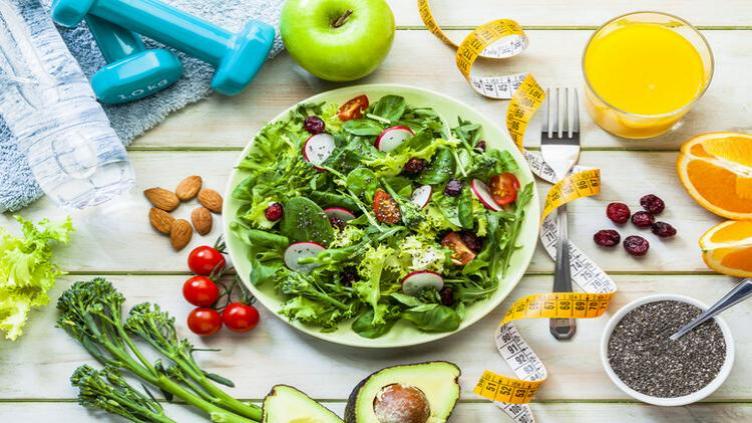Pursuing weight loss goals often requires following a low-calorie diet, and choosing the right foods and drinks plays a crucial role in this context. In this article, we’ll explore a range of low-calorie foods and drinks, along with some effective tips to reduce calorie intake.
Low-Calorie Foods:
Consuming some light, low-calorie foods allows you to enjoy great flavors without worrying about weight gain. Among these foods:
- Apples: A great choice, as one cup (125 grams) of apple slices contains 57 calories.
- Arugula: A perfect addition to salads, with half a cup (10 grams) containing only three calories.
- Asparagus: Regardless of type, one cup (134 grams) contains only 27 calories, rich in Vitamin K and folate.
- Broccoli: A nutrient-rich vegetable, with one cup (91 grams) containing 31 calories.
- Broth: A versatile choice, with one cup typically containing 7-12 calories depending on the type.
- Brussels Sprouts: Research suggests that consuming Brussels sprouts can help prevent DNA damage, with one cup (88 grams) containing 38 calories.
- Cabbage: A low-calorie option, with one cup (89 grams) containing 22 calories.
- Carrots: One cup (128 grams) of carrots contains 53 calories, making it a healthy and delicious choice.
- Cauliflower: One cup (100 grams) of cauliflower contains 25 calories and only five grams of carbohydrates.
- Celery: Known for its low-calorie content, with one cup (110 grams) containing only 18 calories.
- Swiss Chard: Half a cup (36 grams) contains only 7 calories and is high in Vitamin K.
- Clementines: High in Vitamin C, with one fruit (74 grams) containing 35 calories.
- Cucumber: Half a cup (52 grams) of cucumber contains only 8 calories.
- Fennel: One cup (87 grams) of fennel contains 27 calories.
- Garlic: One clove of garlic (3 grams) contains only 5 calories.
- Grapefruit: Half a grapefruit contains about 52 calories.
Tips for Reducing Calorie Intake:
Achieving weight loss goals requires careful calorie management. Here are some effective tips to reduce calorie intake:
- Count Calories: Track your daily calorie intake to help determine your limit for each meal or diet.
- Reduce Sauce Usage: Avoid adding extra sauces; for instance, one tablespoon of mayonnaise adds 57 extra calories quickly.
- Avoid Drinking Calories: Avoid sugar-sweetened beverages; a 500 ml bottle of Coca-Cola contains about 200 calories.
- Skip Adding Sugar to Tea and Coffee: Tea and coffee are low in calories, but adding a teaspoon of sugar quickly adds 16 calories.
- Cook for Yourself and Avoid Fast Food: Cook your meals to control ingredients and calories. Ready-made meals can be high in calories.
- Don’t Keep Junk Food at Home: Removing junk food from your home makes it easier to avoid eating it.
- Increase Vegetable Intake: Fill half your plate with vegetables; they add vitality and provide fullness with fewer calories.
- Drink Water Before Meals: Drinking water before meals increases satiety, helping you eat less.
- Eat Slowly: Taking more time to eat helps you feel full faster, reducing the amount of food consumed.
- Eat with Your Non-Dominant Hand: If you tend to eat quickly, try eating with your non-dominant hand to control the speed.
- Avoid Overeating: Sometimes a small portion of food with a drink or larger side can be the best choice.
- Learn to Read Food Labels: Learning to read labels helps you choose healthy options and avoid excess fats and sugars.
- Avoid Eating Bread: Bread contains many calories, so it’s best to reduce its consumption.
By following these tips, you can achieve a healthy balance in your diet and effectively reach your weight loss goals.

